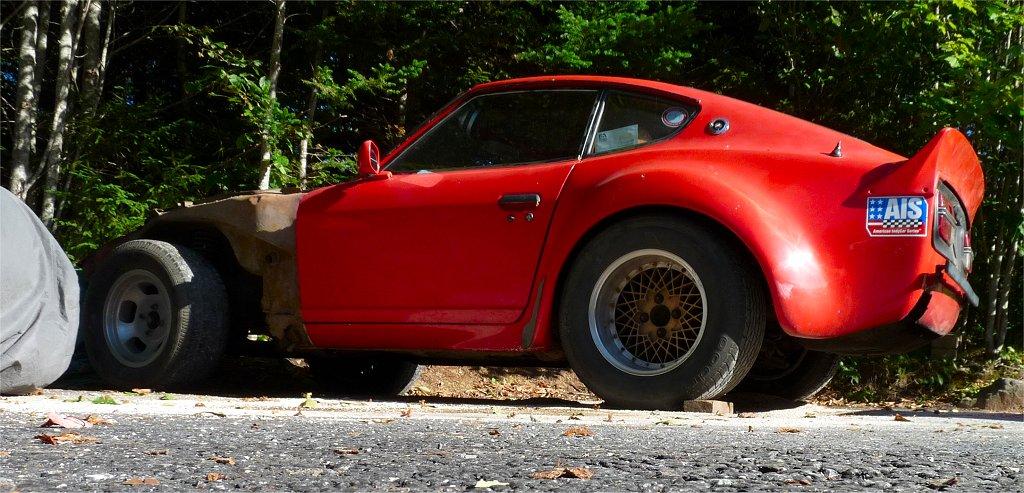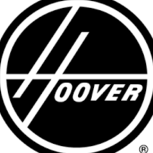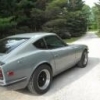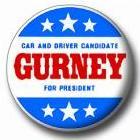I'm glad to see you jump in on this very old thread, Alan. I saw the previously mentioned deleted thread and found the "proof by numbers" to be just the opposite. Nissan (Datsun in USA) had very little success with their sports car in the North American market. So little success that I am surprised a successor to the SR311 was even considered. But that all has to be put in context within the Datsun brand as a whole and the Nissan philosophy of marketing cars in North America. Datsun was not just selling sports cars. The marketing literature of the time discussed the whole Datsun line in terms of market placement and growth. If you isolate and compare sales figures through the 1960’s to the British imports (just compare the numbers to MG alone) you will find how poor the Datsuns were. Although I think it is a valid statement to say that Nissan as a Japanese corporation was trying (had a growth plan) to market world-wide and considered the North American market a prime consideration, I know too much about the design proceedings of the Maru Z to ever proclaim any exclusivity to target market. Recently, with the writings of Hitoshi Uemura available, my thoughts about the subject are even more cemented. I would rather propose that the Datsun 240 Z made a tremendous contribution, if not a driving force, to the “Japanese invasion” of the American car market in the 1970’s. I think that would be a far more accurate statement about the significance of the car in North America. And, the irony of course, is that Nissan had no idea what was about to happen when they introduced their new sports car!
I really can’t embrace a LHD / RHD interior ergonomics conversation without commenting that the S30 interior was, in fact, dimensioned for a larger framed human being than that typically found in Japan at the time. Export marketing would have demanded that. I don’t think it really matters which side the steering wands are oriented or where the e-brake lever is located. I think if you follow that logic, you have to explain why the foot pedals were not reversed! Or the shift pattern. Or the radio control knobs! How about just considering the engineering miracle that the car DOES reverse? Pretty spectacular in my mind.
The car in the roll-over picture is First Stage Prototype Car No. 3. Five chassis test cars and eleven first stage prototype cars were produced during development.
“In addition, the distance between the steering wheel and the door trim on the test vehicle was 62mm, and it turned out that this distance did not meet Swedish regulations [of] 80mm or more.”; Eumura, Hitoshi, “Datsun 240Z Engineering Development”, 2017. No, the U.S. automotive design regulations did not solely affect the design of the S30. Certainly the regulations had an influence, but the S30 was not exclusively designed for the North American market.
The S20 engine was not exported, apparently, for technical reasons but rather economic. Nissan had encouraging but not enormous success with their sports car in the export market. They had little reason to believe that the S20 would be required over the cost of production concerns. Keep in mind that a 4-cylinder engine was considered during the design process. What was eventually shipped to North America was, in fact, a stripped down version of what was available in the home market. It seems obvious that Nissan made cost considerations a high priority as well as it seems obvious that Nissan had no idea how popular the car was destined to become.
 Subscriber
Subscriber 2Points3,770Posts
2Points3,770Posts









